The word dodecagon comes from the Greek words dōdeka meaning twelve, and gon meaning sides. A dodecagon is a two-dimensional geometric shape with twelve straight sides, twelve angles, and twelve vertices. When all the sides and angles are equal, it’s called a regular dodecagon. These 12-sided shapes appear not only in geometry textbooks but also in various objects, designs, and structures around us.
Examples of Dodecagon
- Stop Signs
- Chinese Coins
- Soccer Ball (Dodecahedron)
- Sunflower Seed Pattern
- Vera Cruz Church, Spain
- D12 Dice (Gaming Dice)
- Roman Dodecahedrons (Hunt Museum, Ireland)
- Decorative Floor Tiles
- Wall Clocks
- Plates, Platters, and Cookware
- Architectural Dome Designs
- Coasters
- Architectural Dome Designs
- Jewelry Designs
Types of Dodecagon
- Regular Dodecagon: When all twelve sides and twelve angles are of equal measure, the shape is called a regular dodecagon. Each internal angle in a regular dodecagon measures 150°.
- Irregular Dodecagon: If the sides and angles differ in length and size, then it’s an irregular dodecagon. These are more commonly seen in freeform art and abstract patterns.
- Convex Dodecagon: All the interior angles are less than 180°, and the vertices point outward. A regular dodecagon is a type of convex dodecagon.
- Concave Dodecagon: In this form, at least one of the interior angles is greater than 180°, causing the shape to have an indentation or inward bend.
Properties of a Dodecagon
- The sum of all interior angles in a dodecagon is 1,800°.
- The sum of the exterior angles is always 360°.
- A regular dodecagon can be divided into 10 triangles.
- It has 54 diagonals connecting non-adjacent vertices.
- Each interior angle in a regular dodecagon measures 150°, while each exterior angle is 30°.
Examples of Dodecagon
1. Stop Sign

Many traffic stop signs are made in the shape of a regular dodecagon. This 12-sided shape is chosen for its symmetry and visibility from all angles. Each side of the sign is of equal length, giving it a balanced, unmistakable appearance on roads.
2. Chinese Coin
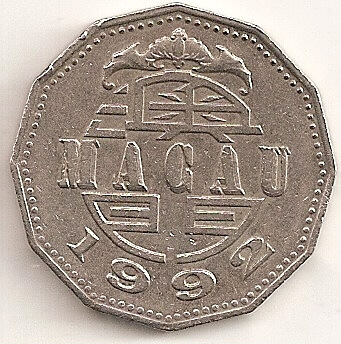
Ancient Chinese coins from the Ming and Qing dynasties were sometimes cast in a 12-sided dodecagonal shape. These coins, also called “qian,” often featured a square hole in the center, with each outer edge forming part of a symmetrical dodecagon.
3. Soccer Ball (Dodecahedron)

Although a soccer ball consists of pentagons and hexagons, the overall 3D structure forms a polyhedron known as a truncated icosahedron. In some variations, the shape closely relates to a dodecahedron, which has 12 flat faces—linking the concept back to dodecagonal geometry.
4. Sunflower Seed Pattern
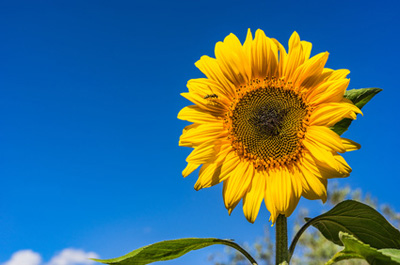
If you look closely at the arrangement of seeds in the center of a sunflower, you may notice a repeating twelve-sided pattern. This natural layout often mirrors the symmetry of a dodecagon, showcasing how geometry appears even in plants.
5. Vera Cruz Church, Spain
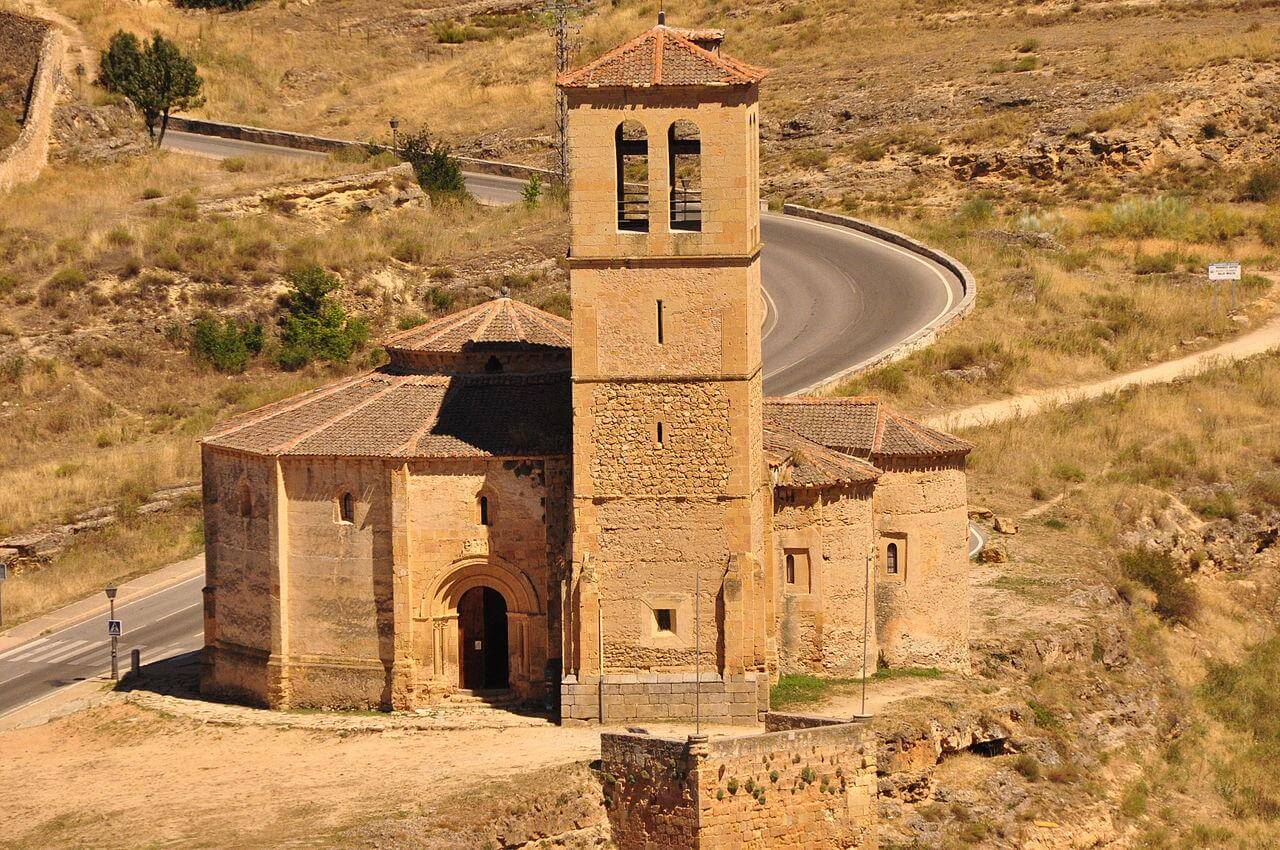
The Vera Cruz Church in Segovia is an architectural marvel built on a 12-sided base. This dodecagonal foundation gives the church a unique symmetry and sacred geometry that reflects medieval design principles.
6. D12 Dice (Gaming Dice)
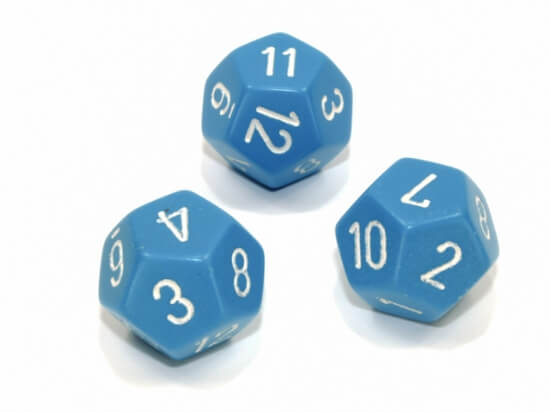
Used in tabletop games like Dungeons & Dragons, the twelve-sided die—commonly known as a D12—is shaped like a dodecahedron. Each of its 12 faces represents a number, and its symmetry makes it a favorite for rolling fair outcomes.
7. Roman Dodecahedrons (Hunt Museum, Ireland)
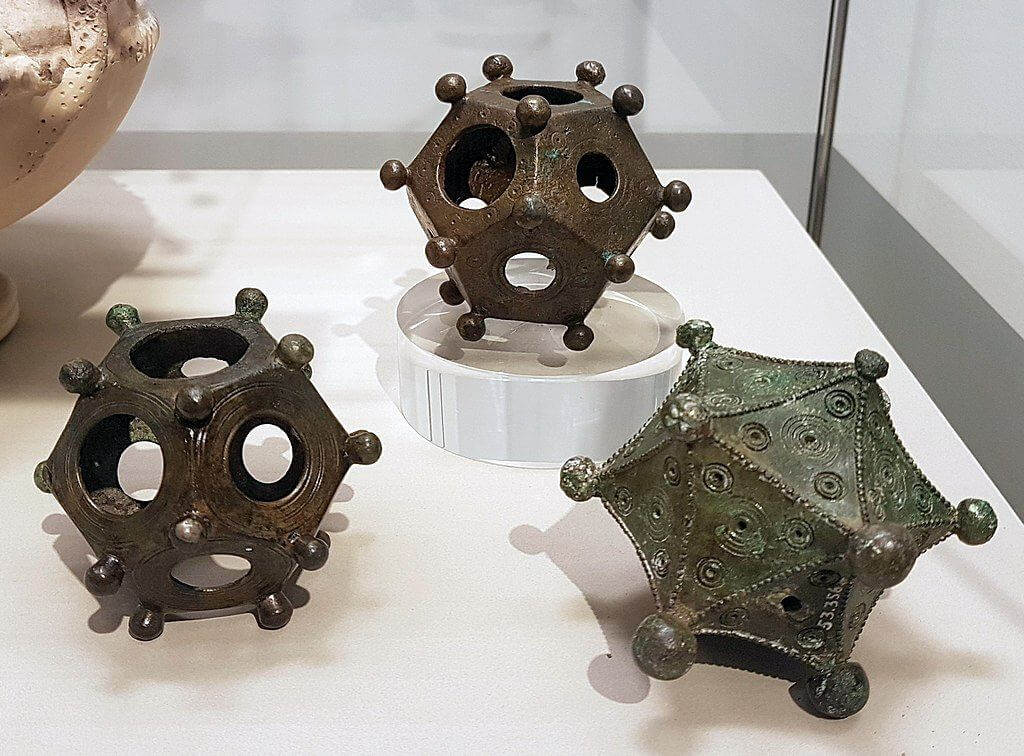
These mysterious bronze objects discovered in Europe have 12 flat pentagonal faces. One famous example is on display at the Hunt Museum in Ireland. While its true purpose remains unknown, its shape reflects ancient interest in dodecahedral geometry.
8. Decorative Floor Tiles
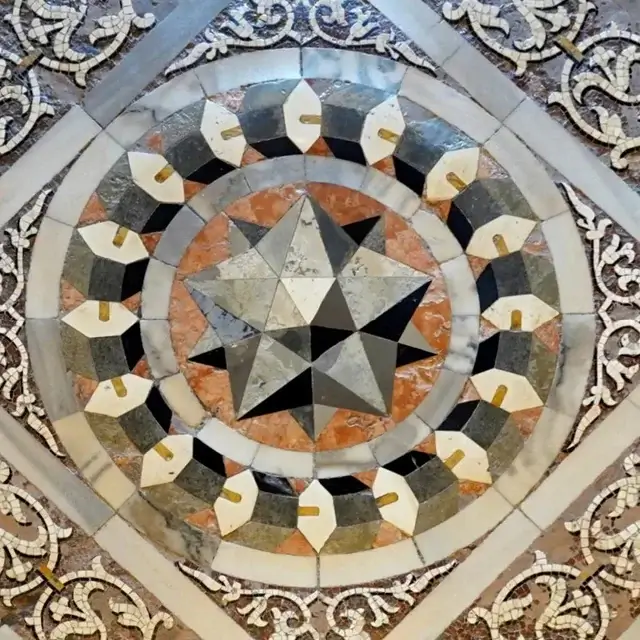
In modern interior design, dodecagon-shaped tiles are sometimes used in intricate floor patterns. These 12-sided tiles can fit together seamlessly or be combined with other shapes to create beautiful mosaics and geometric designs.
9. Wall Clocks
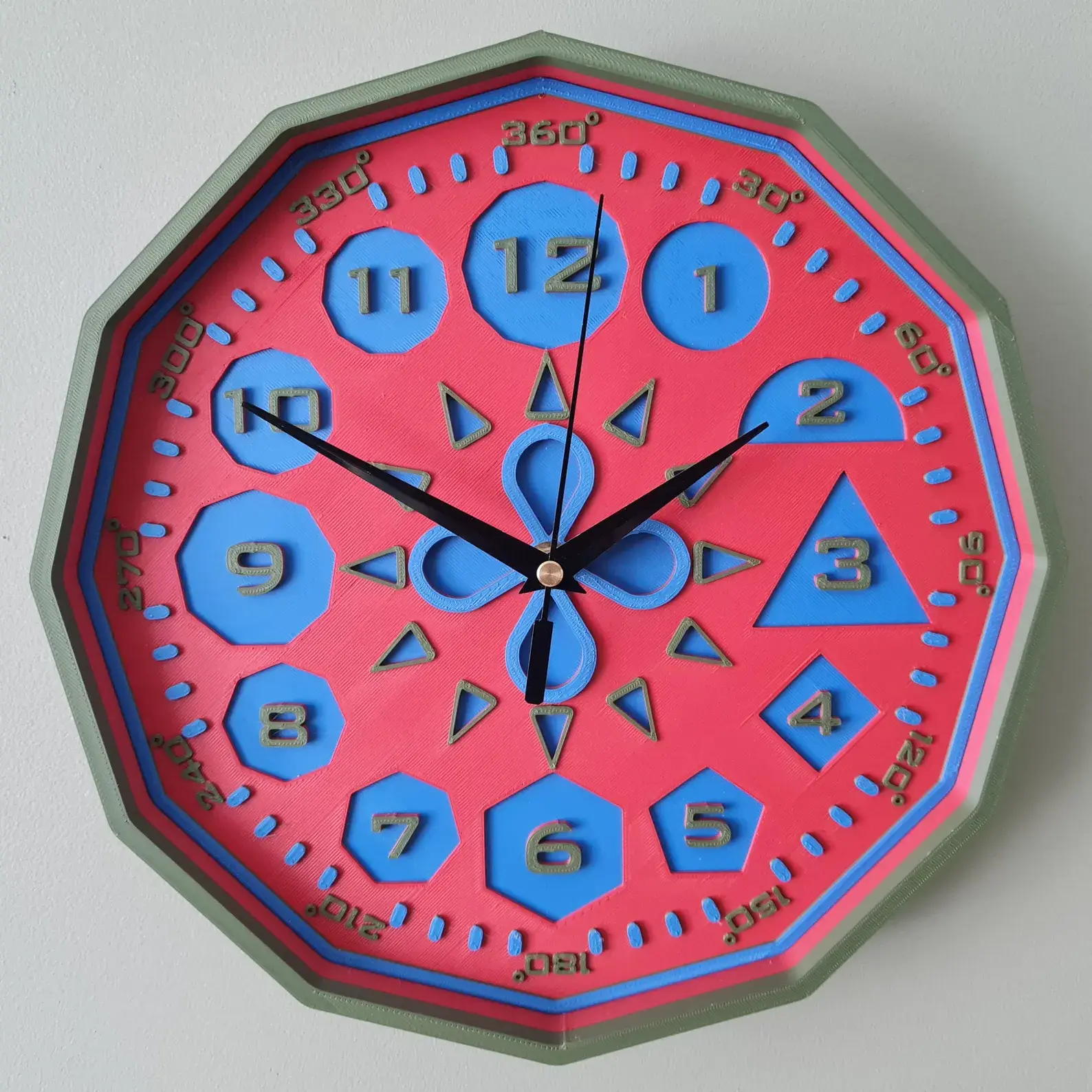
Some wall clocks, especially decorative or vintage ones, are designed in a dodecagonal frame. With 12 hours marked on the clock face, the 12-sided shape provides a thematic alignment with timekeeping.
10. Plates, Platters, and Cookware

Tableware and kitchen items sometimes feature dodecagonal shapes for both aesthetic and functional appeal. Serving plates, dining platters, and even certain lids or cookware bases may be designed with twelve equal sides. These geometric edges add a distinctive elegance to table settings and offer a stylish alternative to traditional round or square designs, making them popular in both modern and artisanal kitchenware collections.
11. Coasters
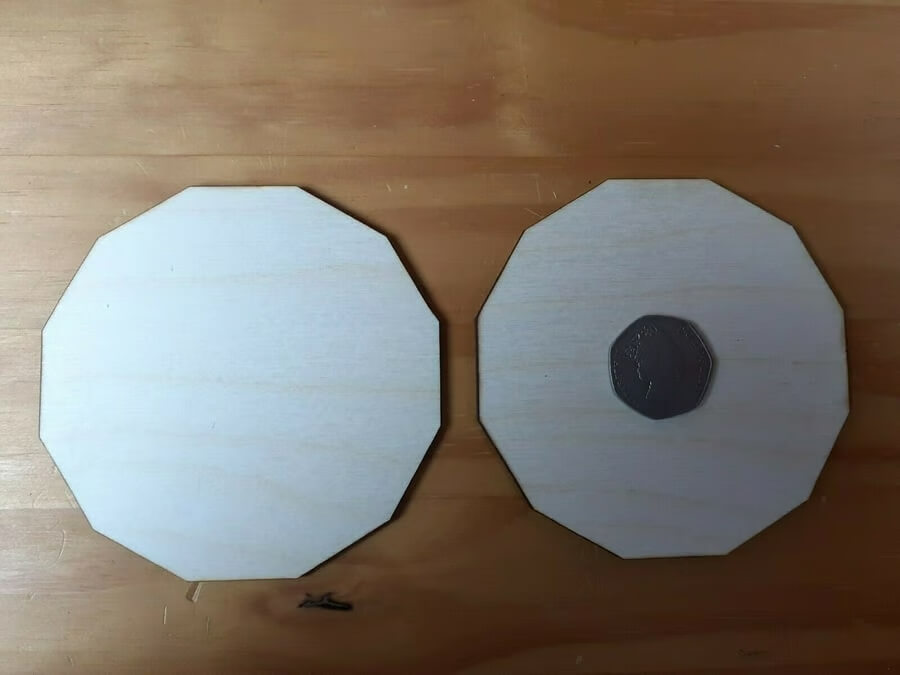
Dodecagon-shaped coasters are a subtle but stylish way to incorporate geometry into table settings. Their twelve equal sides offer a neat visual appeal while maintaining the practical function of protecting surfaces. These coasters often stand out as decorative accents in modern dining and coffee table arrangements.
12. Architectural Dome Designs
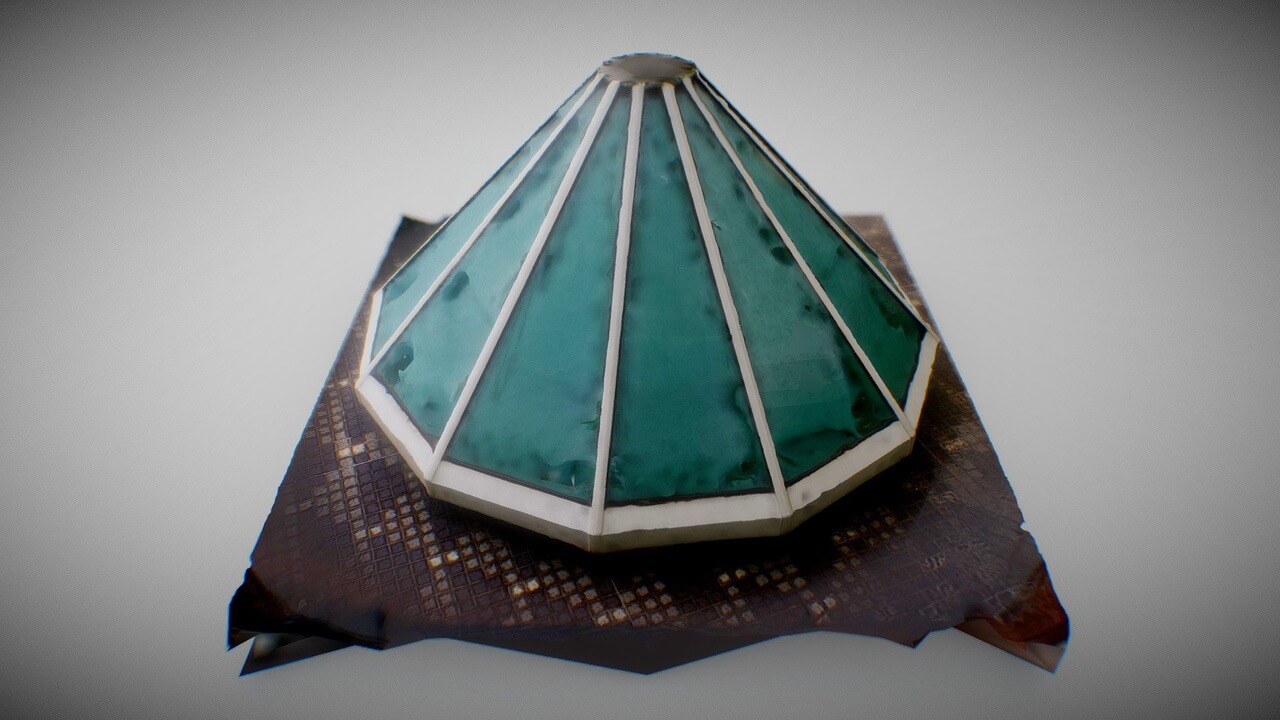
Dome patterns in architecture, especially in classical and Islamic buildings, sometimes feature dodecagonal bases or detailing. These provide both structural stability and ornamental appeal.
13. Jewelry Designs
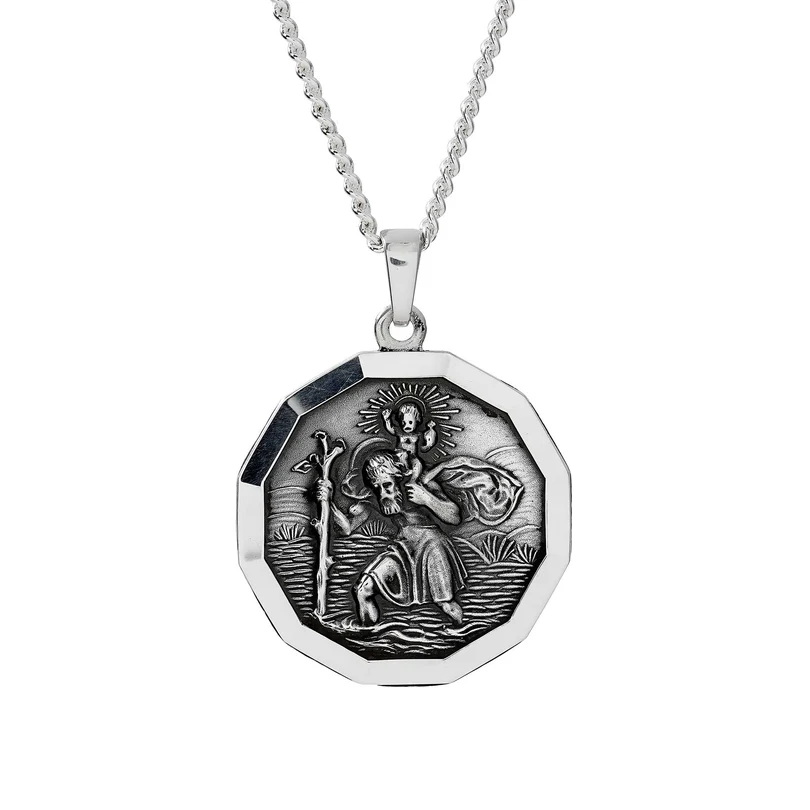
Jewelry designers sometimes use dodecagon shapes in pendants, charms, or earring outlines to create eye-catching polygonal patterns. The equal-sided form lends itself well to symmetry and detail. One example is the St Christopher Large Dodecagon Personalised Silver Necklace, which uses the 12-sided form to frame its engraving beautifully while offering a modern twist on a traditional design.
14. Decorative Mirrors and Wall Art
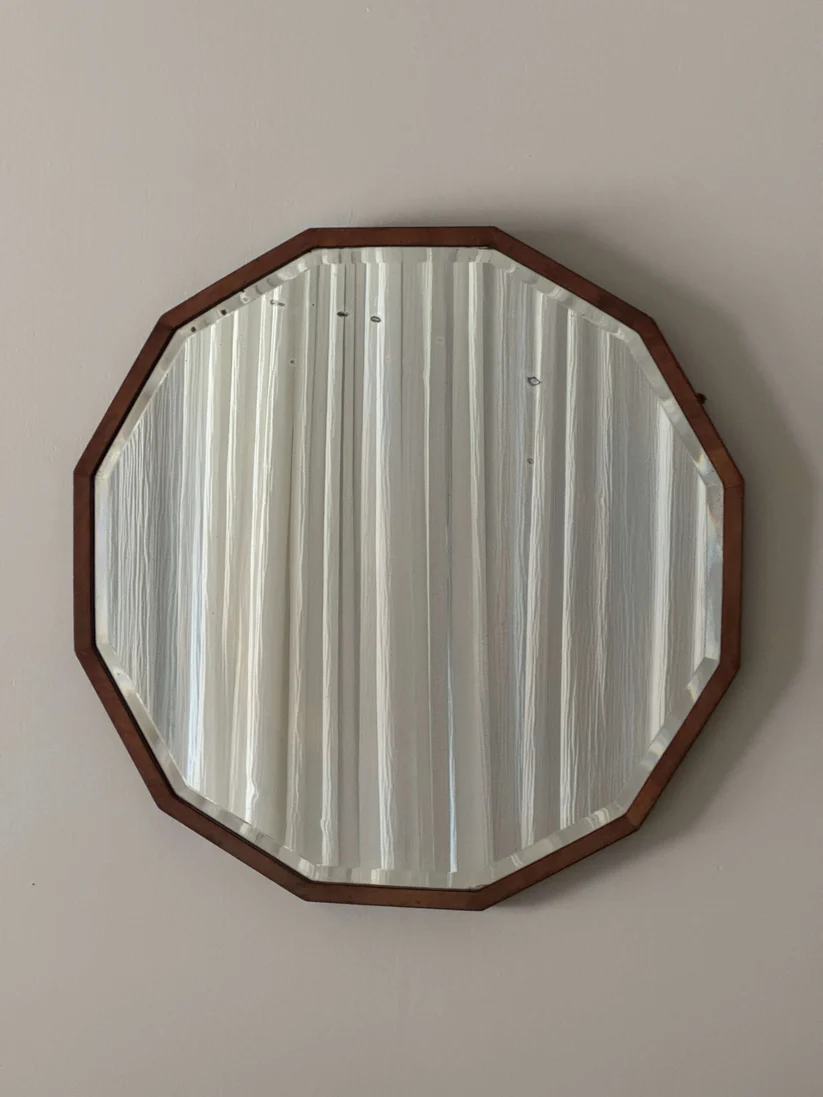
Home décor pieces such as mirrors and wall art often adopt dodecagonal frames to add a sense of symmetry and visual harmony. The twelve-sided shape gives these items a balanced and refined aesthetic. For example, antique-style mirrors like the one listed by Custodian Antiques showcase a classic walnut dodecagon frame that combines vintage charm with geometric elegance.
